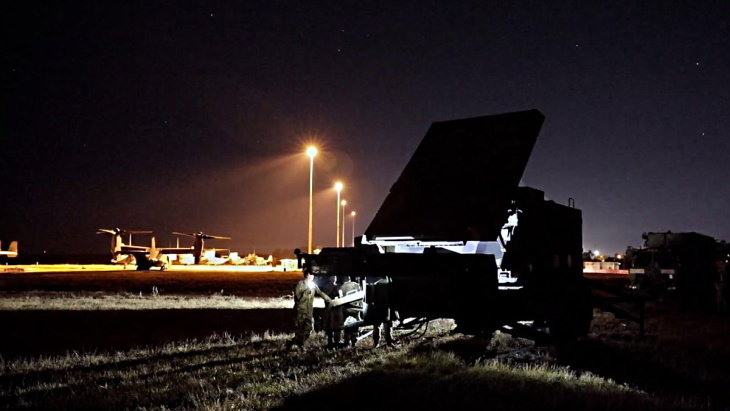The head of Energoatom has described the World Association of Nuclear Operators' first cross-regional review, which is taking place at the Rovno nuclear power plant in Ukraine, as a "very useful" exercise that reflects changes to WANO's approach following the 2011 Fukushima accident in Japan.
Yury Nedashkovsky, president of the Ukrainian nuclear power plant operator, was responding to questions at a media briefing on the peer review of the Rovno plant by experts from WANO's Moscow and Paris Centres. The briefing was held to mark the final meeting of the peer review experts.
"WANO's activities are undergoing a significant transformation, especially in the light of lessons learned from the accident at Fukushima Daiichi," Nedashkovsky said. "WANO is developing and creating new regional centres - and the joint regional centre review was introduced because WANO is a global organisation and one can't be restricted to a single regional centre. We've found the experience very useful."
In his capacity as a member of WANO's Board of Governors, Nedashkovsky said he had supported WANO chairman Jacques Regaldo's initiative to have a joint-Centre peer review, and had suggested this could be done at one of Ukraine's nuclear power plants. The Rovno plant was chosen, he said, "because it has been in operation for a significant period of time and has good experience".
The plant takes the name of the city in northwestern Ukraine where it is located - Rivne in Ukrainian and Rovno in Russian.
The 2835 MWe Rovno plant consists of four soviet-designed VVER units - units 1 and 2 are of the VVER-440 type and started operations in 1980 and 1981, respectively; units 3 and 4 are VVER-1000 reactors that have been in service since 1986 and 2004, according to Energoatom.
Nedashkovsky noted that Rovno was the first Soviet-era plant to host an Operational Safety Review Team mission from the International Atomic Energy Agency. At the request of the government of Ukraine at the time, an IAEA OSART team visited Rovno 3 and 4 in 2006.
"I'm sure that everyone - both the Rovno plant and specialists, who have been working with the team of experts and interpreters, and the [WANO] Secretariat - has coped very well during the current pilot peer review," he said. "There's been good feedback, with seven areas identified for improvement. And, of course, this work will continue," he added. A follow-up mission will take place in two years' time to check implementation of the recommendations, he said without elaborating.
"The practice of such reviews in cooperation with WANO will continue to spread, and, of course, Energoatom, as one of the initiators of it will support this innovation," Nedashkovsky said.
Energoatom, which is also state-owned, operates four nuclear power plants - Zaporozhe, Rovno, South Ukraine and Khmelnitsky. They comprise 15 nuclear reactors, including 13 VVER-1000s and two VVER-440s - Rovno 1 and 2 - with a total capacity of 13,835 MWe.
Fuel diversity
Asked whether Energoatom planned to load Westinghouse fuel at the Rovno plant, as it has been at the South Ukraine and Zaporozhe plants, Nedashkovsky said the Ukrainian company was in talks with Westinghouse, which he said is "interested in distributing their fuel not only to the two plants in southern Ukraine, but to all of the country's reactors".
He added: "It's a matter of energy security and, of course, the Rovno plant will get its turn."
Energoatom has drawn up a five-year program that provides for the expansion of Westinghouse fuel use at the South Ukraine and Zaporozhe plants, Nedashkovsky said. "In parallel with this, we will work something out for the Rovno and Khmelnitsky plants because, first of all, we need to implement a system of core monitoring - with the so-called BEACON, which 'sees' the US-designed fuel - among many other measures."
BEACON (Best Estimate Analysis of Core Operations - Nuclear) - is a core monitoring and operational software support package developed by Westinghouse for use at pressurised water reactors.
"This is thus a long-term plan," Nedashkovsky said, "but in the event of force majeure Energoatom could quickly refocus to ensure VVER-1000 fuel supply for the Rovno plant." He added: "Work on fuel for VVER-440 reactors is still ahead of us."
Researched and written
by World Nuclear News





_50545.jpg)
_28367.jpg)
_40405.jpg)
_76087_55556.jpg)




